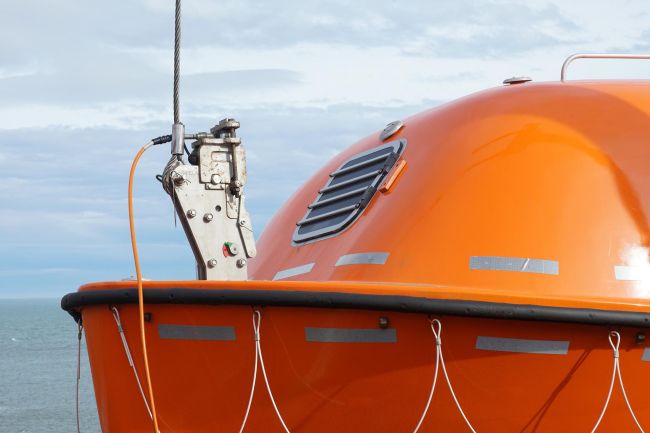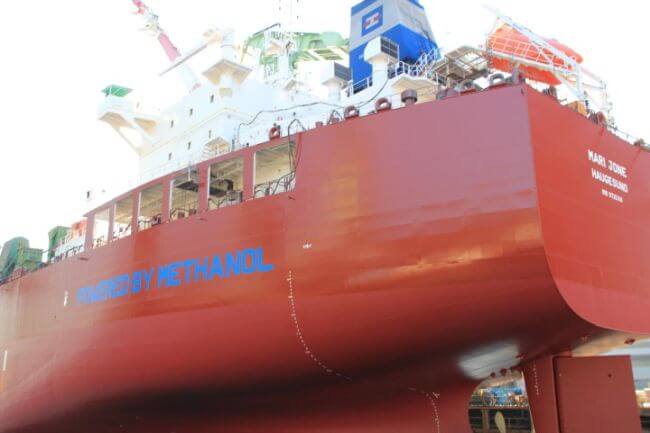Adoption Of Hydraulic LRRS Testing Methods Can Reduce Injuries

Adoption Of Hydraulic LRRS Testing Methods Can Reduce Injuries
For the better security of crew and for the reduction in the number of accidents that happen during routine testing of Lifeboat Release and Retrieval Systems (LRRS), the shipping industry should consider making use of simulation/hydraulic testing methods widely.
According to Survitec that is a global leader in maritime safety and survival, the test improves the overall safety of personnel, helps in protecting the critical equipment from damage, brings down the costs and offers a testing method that is in compliance with the international regulations.
“International Association of Classification Societies accepts hydraulic testing as a safer, more reliable method for lifeboat testing. This method should become a more widely adopted and approved test method,” said Paul Watkins, the Regulatory and Compliance Manager at Survitec.
“The safety of personnel during LRRS testing using established methods has on occasion fallen short,” he said.
The traditional LRRS testing methods need lifeboats, weighted with cast iron, water bags or sandbags, to be lowered to just above the water and then for the manual operation of the release gear. The usage of this testing method involves considerable risks.
A circular was issued by DNV GL in September relating to the accidents that continue to occur when the lifesaving equipment is tested. It requested the owners and operators to learn from the previous accidents.
“Hydraulic testing ensures that minimal personnel needs to be onboard the lifeboat during the overload test,” said Watkins. “It is also one hundred percent safer.”
LRRS Hydraulic test kit calibrated by portable of Survitec is set up with hydraulic rams which are fitted to the release hooks temporarily; the pressure is raised slowly till it becomes equal to 1.1 times the maximum load on the hooks.
If the operational requirements are fulfilled, the tests can be carried out on a quayside or yard location or with a lifeboat that is released on the maintenance pendants that are in the davits.
“Naturally, the entire process is documented in accordance with our strict ISO 9001:2015 management system and mandatory requirements,” said Watkins.
In the Survitec LRRS test, a load is applied on the davit and lifeboat release system which is equal to 10% over the needed load. After the load is applied the release system can ve tested to make sure that it is operating successfully under the harsh load conditions.
“We have to ensure that the hooks fore and aft open simultaneously and that the force needed on the release handle is no more than 300 N,” Watkins explained.
The kit included interconnecting pipes, a calibrated hydraulic pump, hydraulic rams, and appropriate instrumentation.
“Survitec service teams can meet vessels in any port worldwide to carry out lifeboat examinations and tests in full compliance with SOLAS without the need to launch the lifeboats, tenders, fast rescue craft (FRC) and rescue boats,” said Watkins.
“The hydraulic test method is particularly useful when the vessel is in dry dock or if the weather conditions or other external factors make launching the lifeboat unsafe.
“The wider adoption of hydraulic testing can significantly improve the safety of the crew taking part in lifesaving equipment tests. The method not only safeguards personnel against injury, but it can also reduce the costs associated with accidents, including the costs of delaying a vessel that needs to repair damaged lifesaving equipment.”
Reference: Survitec







